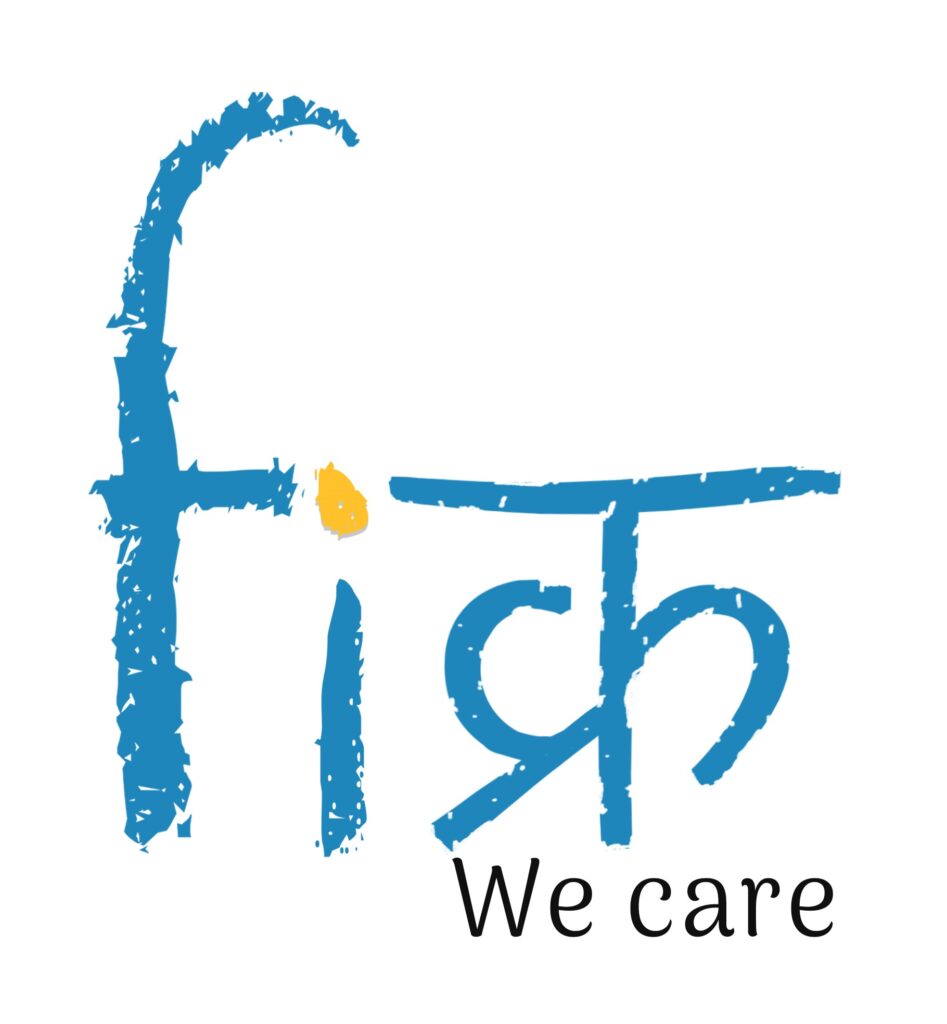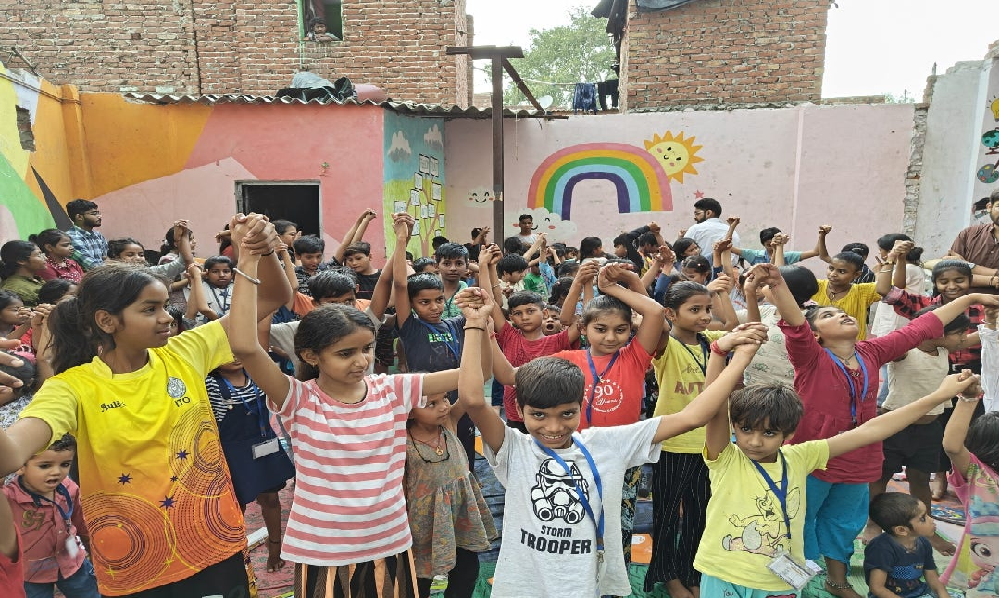Education is a fundamental right, yet millions of underprivileged children worldwide lack access to quality learning opportunities. Traditional approaches to education often fail to address the unique challenges faced by these children, who may struggle with poverty, lack of resources, or social barriers. Innovating Teaching Methods tailored to their needs is essential to bridging this educational gap.
Experiential Learning: Making Education Relatable
One effective approach to improving education for underprivileged children is the implementation of experiential learning. Unlike conventional rote memorization, experiential learning focuses on engaging students through hands-on activities that make learning more relatable and practical. For instance, teaching science through experiments or social studies through community projects allows children to connect their education to the real world. This method not only makes learning more enjoyable but also enhances the retention of knowledge.
Leveraging Technology for Personalized Learning
Another promising Teaching Method is the use of technology in education. With the rise of affordable smartphones and the internet, digital learning platforms have become more accessible. These platforms can provide personalized learning experiences tailored to each child’s pace and level of understanding. For children in remote or underserved areas, online educational resources can be a lifeline, offering lessons in subjects that might not be available in their local schools. Additionally, educational games and apps can turn learning into a fun and interactive experience, making it easier for children to stay motivated.
Storytelling and Play-Based Learning: Engaging Young Minds
Incorporating storytelling and play-based learning into the curriculum is another innovative approach. Stories have the power to captivate and inspire young minds, making complex concepts easier to understand. By weaving educational content into stories or games, teachers can create a more dynamic and engaging learning environment. This method is particularly effective for younger children, who naturally learn through play and imagination.
Community Involvement: Building a Supportive Learning Environment
Moreover, community involvement is crucial in innovating Teaching Methods for underprivileged children. Parents, local leaders, and volunteers can play a significant role in supporting education initiatives. Community-driven programs, such as after-school tutoring or mentorship schemes, can provide additional support to children who may struggle in a traditional classroom setting. These programs also foster a sense of belonging and encouragement, which is vital for a child’s academic success.
Overcoming Challenges in Innovating Teaching Methods
However, innovating teaching methods is not without challenges. Teachers in underprivileged areas often work with limited resources and face the additional burden of addressing the diverse needs of their students. To overcome these obstacles, it is essential to invest in teacher training and development. Equipping educators with the skills and knowledge to implement new Teaching Methods effectively can lead to more successful outcomes for students.
Conclusion: Empowering Children through Education
Addressing the educational needs of underprivileged children requires creativity, commitment, and collaboration. By embracing innovative methods, such as experiential learning, technology integration, storytelling, and community involvement, we can provide these children with the opportunities they deserve. Education is the key to breaking the cycle of poverty, and with the right tools and approaches, we can make a lasting impact on the lives of countless children.
Fikrah is one such initiative that understands the importance of innovative education. By supporting and implementing new teaching strategies, Fikrah aims to empower underprivileged children, giving them the chance to reach their full potential.
Click here to know more about “8 Ways to Empower Underprivileged Children in India”

